Maharaja Ripudaman Singh's Abdication: Centennial Commemoration and Nabha's Enduring Legacy
Championing Sikh Rights and Supporting the National Movement is the True Enduring Legacy Maharaja Ripudaman Singh's Abdication.
Old Photo of Hira Mahal, Nabha (Pic off internet).
Princely State of Nabha— the Abdication: Today, as I reflect upon the centenary anniversary of Maharaja Ripudaman Singh's historic abdication on this day of July 9, 1923, I am filled with a sense of deep reverence and profound emotions. This centennial commemoration ceremony holds immense significance in the annals of the Princely State of Nabha, symbolising the remarkable heritage embodied not only by Maharaja Ripudaman Singh but also his illustrious predecessors and worthy descendants.
Journey to Nabha amidst heavy rain: Braving the relentless downpour, I embarked on an early morning journey from Chandigarh to Nabha, driven by an unwavering determination to be part of this historic occasion. Amazingly, as we gathered for the ceremony, the rain ceased almost miraculously, as if nature itself acknowledged the profound importance of the moment. The statue of Maharaja Ripudaman Singh stood proudly, adorned with garlands, a poignant symbol of the enduring respect and admiration we, who are connected to the erstwhile Princely State, and other denizens hold for his extraordinary legacy.
Reign of Maharaja Ripudaman Singh: The history of the Nabha State is intertwined with the remarkable life and reign of Maharaja Ripudaman Singh. He ascended the throne in 1911 after the passing of his father, Maharaja Hira Singh (reign 1871 to 1911). Recognized for his exceptional abilities by the British, he was appointed to the Central Legislature where he passionately advocated for the Sikh community, spearheading legislative reforms. However, strained relations with his influential kinsman in Patiala and his vocal criticism of the British, particularly after the Jallianwala Bagh massacre, placed him in a precarious position.
Qila nabha (Pic off internet).
Akali Movement and the Sikh Gurdwaras Bill: Despite his dedication and efforts, a web of intrigue and political maneuvering compelled Maharaja Ripudaman Singh to relinquish his administrative powers and abdicate the throne in 1923 (on July 9, 1923). He, however, continued to irk the British rule from Dehradun, where was living on a handsome princely allowance, and his role in the Akali movement played anything but a notional part in the introduction and passage of the Sikh Gurdwaras Bill, on July 7, 1925. This landmark legislation, which remains in force today, led to the formation of the Shiromani Gurdwara Parbandhak Committee (SGPC) and the announcement by Sir Malcolm Hailey, Governor of the Punjab, that bands of pilgrims (‘jathas’) would undertake religious worship (‘Akhand Path’) at Gurdwara Gangsar in Jaitu.
Present-day Royal family of Nabha, 9th July, 2023 (see footnotes).
His eventual deposition: His continued interest in the affairs of the Sikhs as well as the Indian National Movement was seen by the British rulers as breaching the terms of his agreement, leading to his deposition in 1928, stripping him of his titles, and his subsequent exile in Kodaikanal in the Madras Presidency. Maharaja Ripudaman Singh breathed his last during the tumultuous years of the Second World War on December 12, 1942, far away from the land he held dear. He had already been succeeded in 1928 by his eldest son, Pratap Singh Nabha.
His worthy successor: Maharaja Ripudaman Singh's son, Maharaja Sir Pratap Singh, exemplified leadership and dedication. He served with distinction during World War II and played a significant role in establishing the Patiala and East Punjab States Union (PEPSU) in 1948. His contributions to Nabha's legacy are enduring and commendable.
Maharaja Ripudaman Singh of Nabha: Pic from old portrait (Wikipedia).
“Nabha History Conference”: Breaking my reverie, we travelled to the magnificent "Darbar Hall" of Hira Mahal, a powerful symbol of Nabha's glorious past, where the "Nabha History Conference" unfolded, bringing together scholars, dignitaries, office-bearers of the SGPC Amritsar, and members of the royal family. This gathering served as a testament to the enduring legacy of Nabha's illustrious ruler, who not only personified regality but also stood as a nationalist, patriot, and fervent advocate for the rights of Sikhs to govern their own shrines in a democratic manner.
Darbar Hall, Hira Mahal, Nabha (9th July, 2023)
My speech: As I stood before the distinguished audience, I had the rare privilege of delivering a speech that illuminated the fiery nationalist fervor and unwavering patriotism that characterized Maharaja Ripudaman Singh's persona. I emphasized his resolute support for the Akali movement, his empathy for the cause of reclaiming the historic Sikh Gurdwaras, and his relentless efforts to uphold principles of justice and integrity. His unequivocal condemnation of the Jallianwala Bagh Massacre and his unwavering support for Sher-e-Punjab Lala Lajpat Rai's pursuit of "swaraj" were underscored, highlighting the deep impact of his actions and beliefs.
Jaitu Ka Morcha: It is worth noting that his forced abdication and subsequent exile became the principal cause of the "Jaitu Ka Morcha," during which prominent figures like Pandit Jawaharlal Nehru courted arrest in September 1923, testifying to Maharaja Ripudaman Singh's popularity not only among his subjects but also among the ranks of the Akali Dal and the Indian National Congress.
Our Grandfather’s Grandfather, General Sardar Hazura Singh Laudgharia Sidhu (equivalent to Defence Minister Nabha), seated in full military uniform on the left side, behind Maharaja of Dholpur, the son-in-law of Maharaja Ripudaman Singh of Nabha, who is the other royal in the front row. Our great-grandfather, Sardar Harnam Singh (s/o Gen. Hazura Singh) was the Nazim (Revenue Minister Nabha).
Connect of my ancestors with Nabha: With utmost humility, I must mention that I belong to a lineage deeply connected to the royal heritage of Nabha, as my grandfather's grandfather served as the Nazim of Nabha. This personal connection1 adds an additional layer of reverence and responsibility as we strive to carry forward the illustrious legacy of Maharaja Ripudaman Singh and his esteemed ancestors.
“Ardas” to Waheguru underneath the statue of Maharaja Ripudaman Singh, just outside the Government Ripudaman College, Nabha (9th July, 2023).
Present Generation: The Nabha commemoration ceremony provided a remarkable opportunity to honor the tireless efforts of the descendants of the royal family, particularly the resilient and inspiring royal ladies2 who carry forth the torch of Nabha's heritage. Notably, among the attendees was a young turbaned lad3 from the newest generation, a student of Punjab Public School (PPS) Nabha, who recited the ‘Mool Mantar’—a powerful symbol of continuity and devotion to Sikh values.
Neglect of Nabha today: As I stood amidst the commemorative event, a profound sense of nostalgia and pride washed over me, connecting me deeply to our glorious past. It was a poignant reminder of the legacy we inherit and the remarkable journey that brought us here. However, amidst this reflection, a somber truth emerged—the neglect that Nabha has endured in the post-independence era.
Gazing upon the dilapidated Hira Mahal, once a majestic testament to the grandeur of the princely state, I felt a surge of sadness. Its sprawling compound, once teeming with life and splendour, has been fragmented, sold off as small plots, diminishing the essence of its former glory. To add to this plight, narrow streets obstruct the path to this historic edifice, rendering it inaccessible and further compounded by the weight of the pouring rain.
Looking Forward: In light of these realities, let us join hands in a shared commitment to restore the lost glory of Nabha. It is our collective responsibility to honour the indomitable spirit of Maharaja Ripudaman Singh, to revive the fading splendour, and preserve our rich heritage for generations to come. Together, we can embark on this noble journey, forging a future that not only pays homage to the greatness of our past but also serves as a beacon of valour, cultural richness, and historical significance. Let us join forces and become the catalysts for Nabha's revival, reclaiming its rightful place not only within Punjab but throughout the entire nation. Together, we can restore Nabha to its former glory and establish it as an enduring symbol of our shared heritage and collective legacy.
Maharani Uma Rana Singh of Nabha, Rani Preeti Singh of Nabha.
Prince Abhyuday Pratap Singh of Nabha




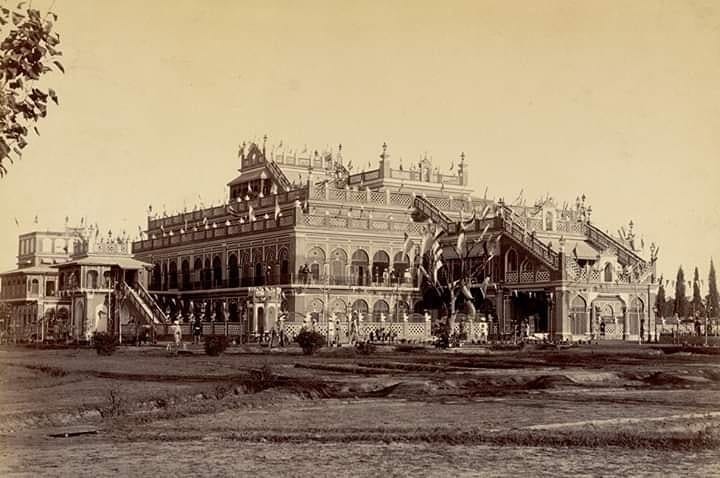

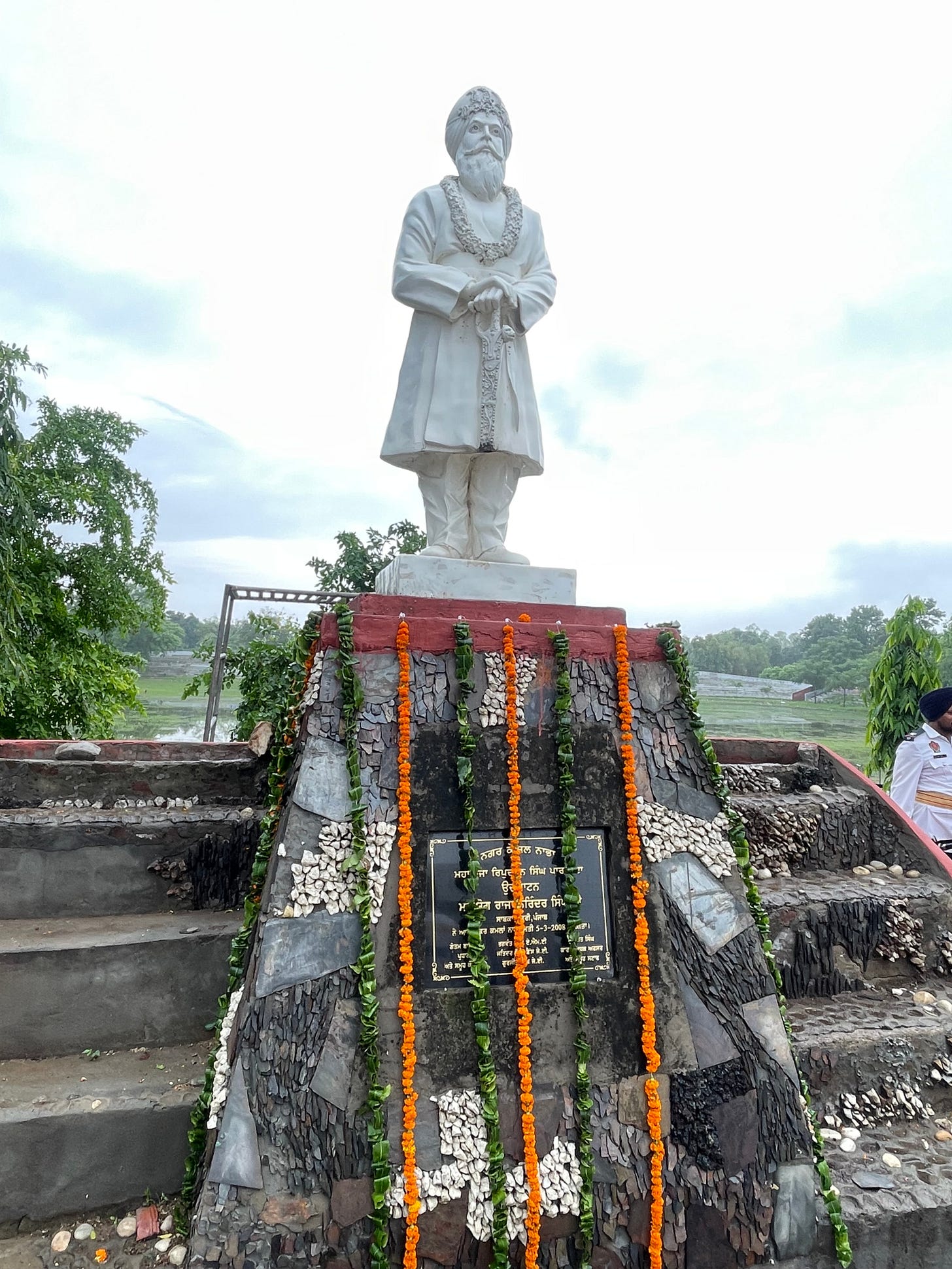
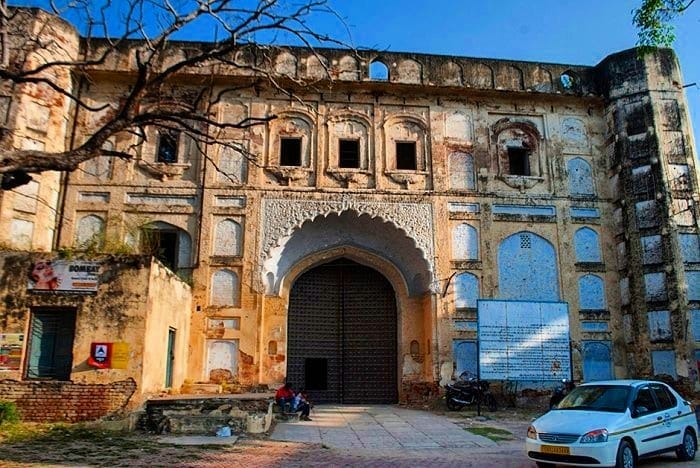

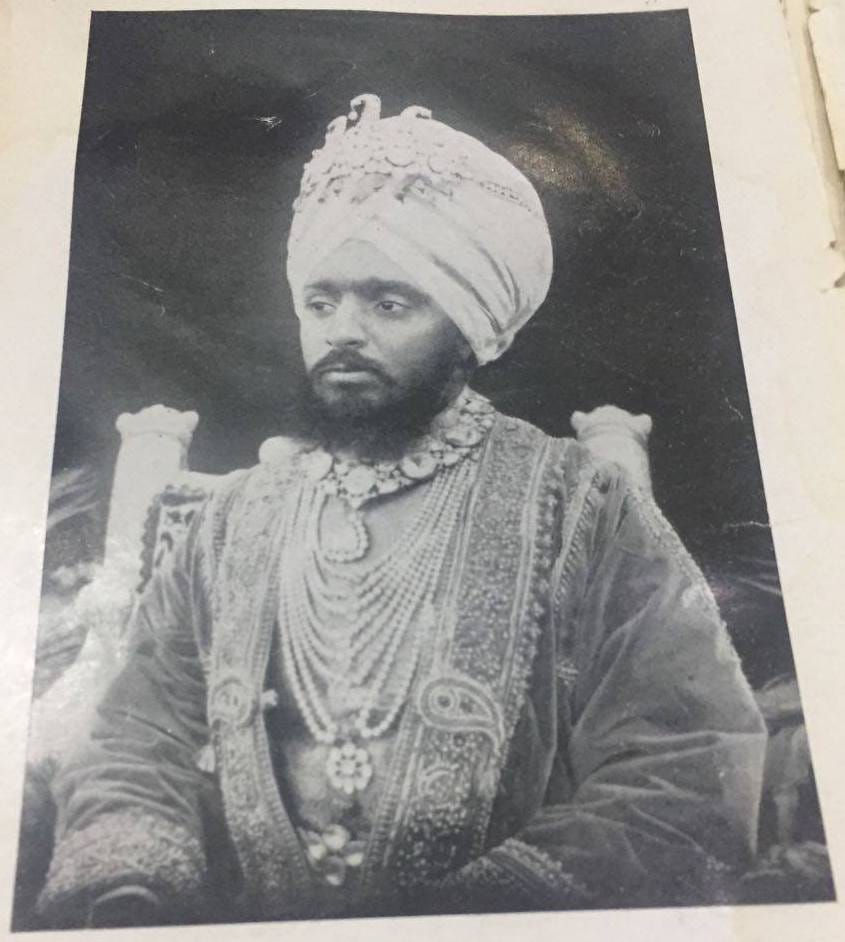
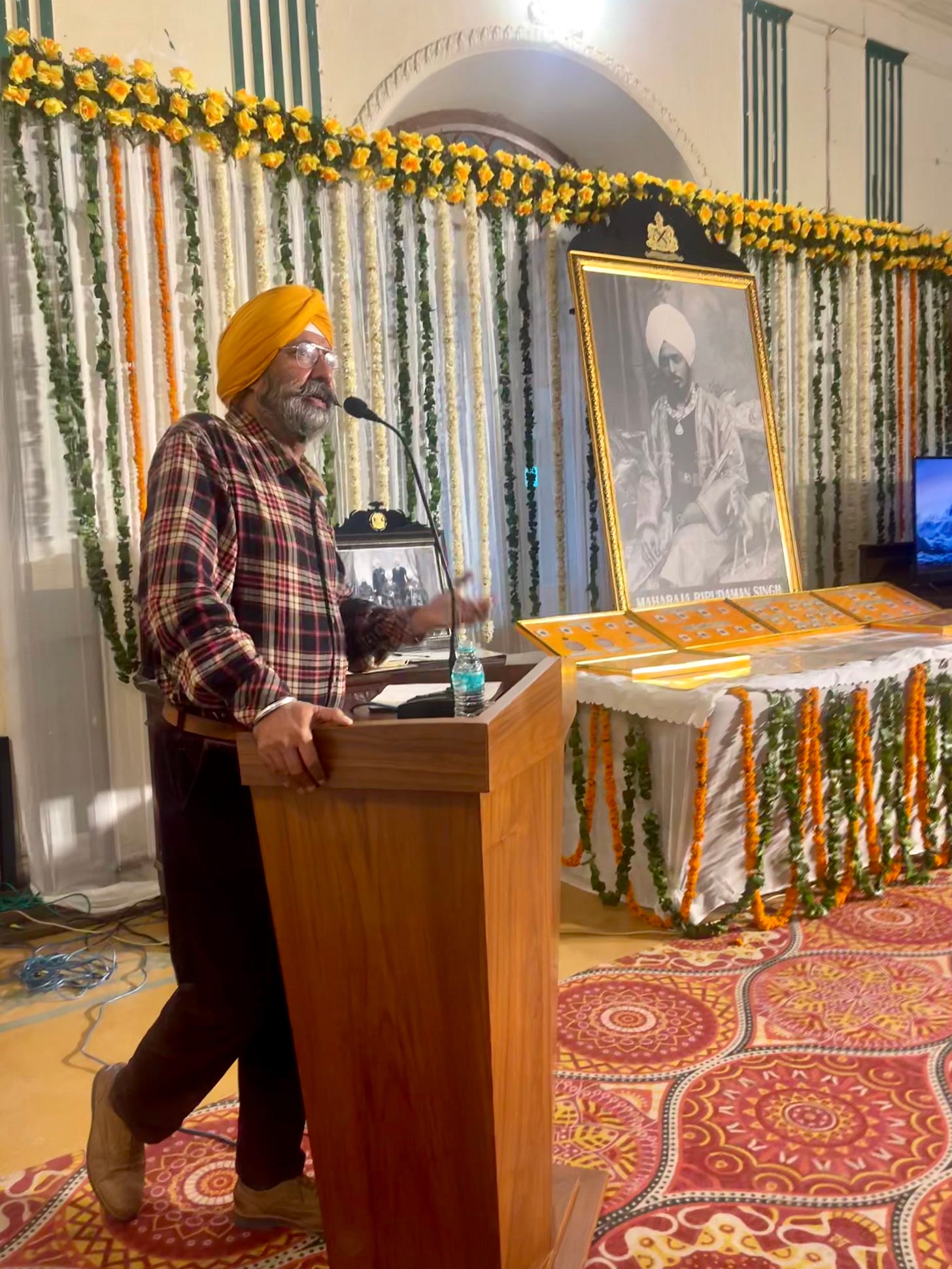
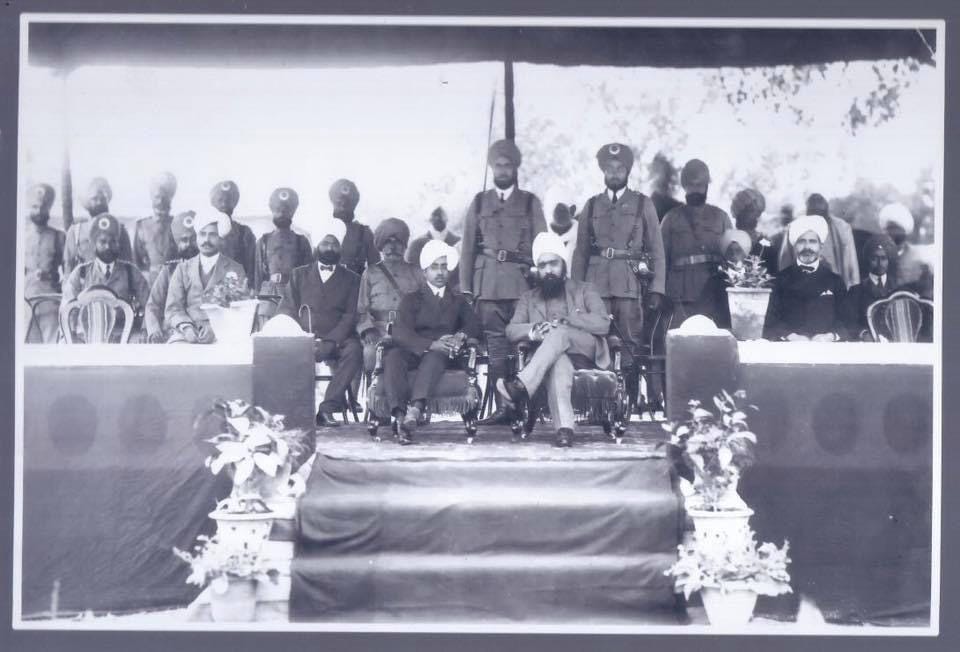
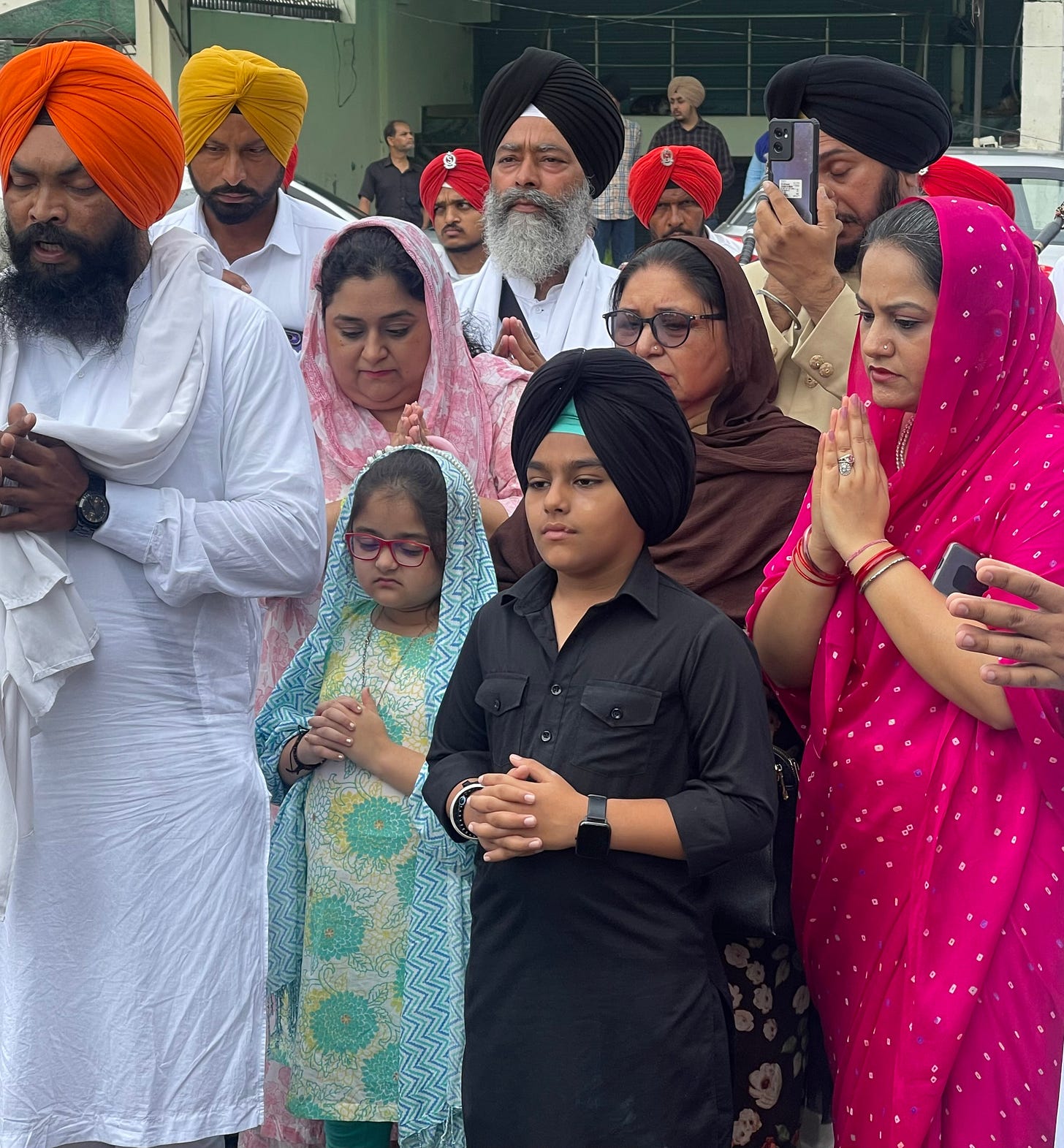
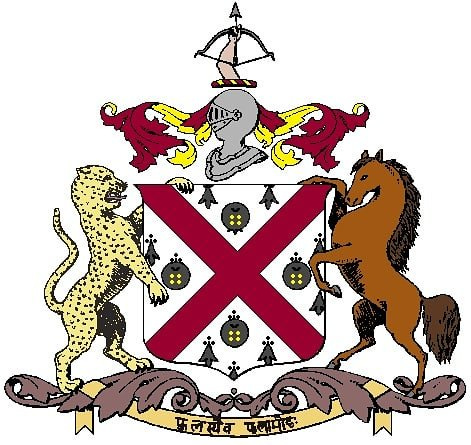
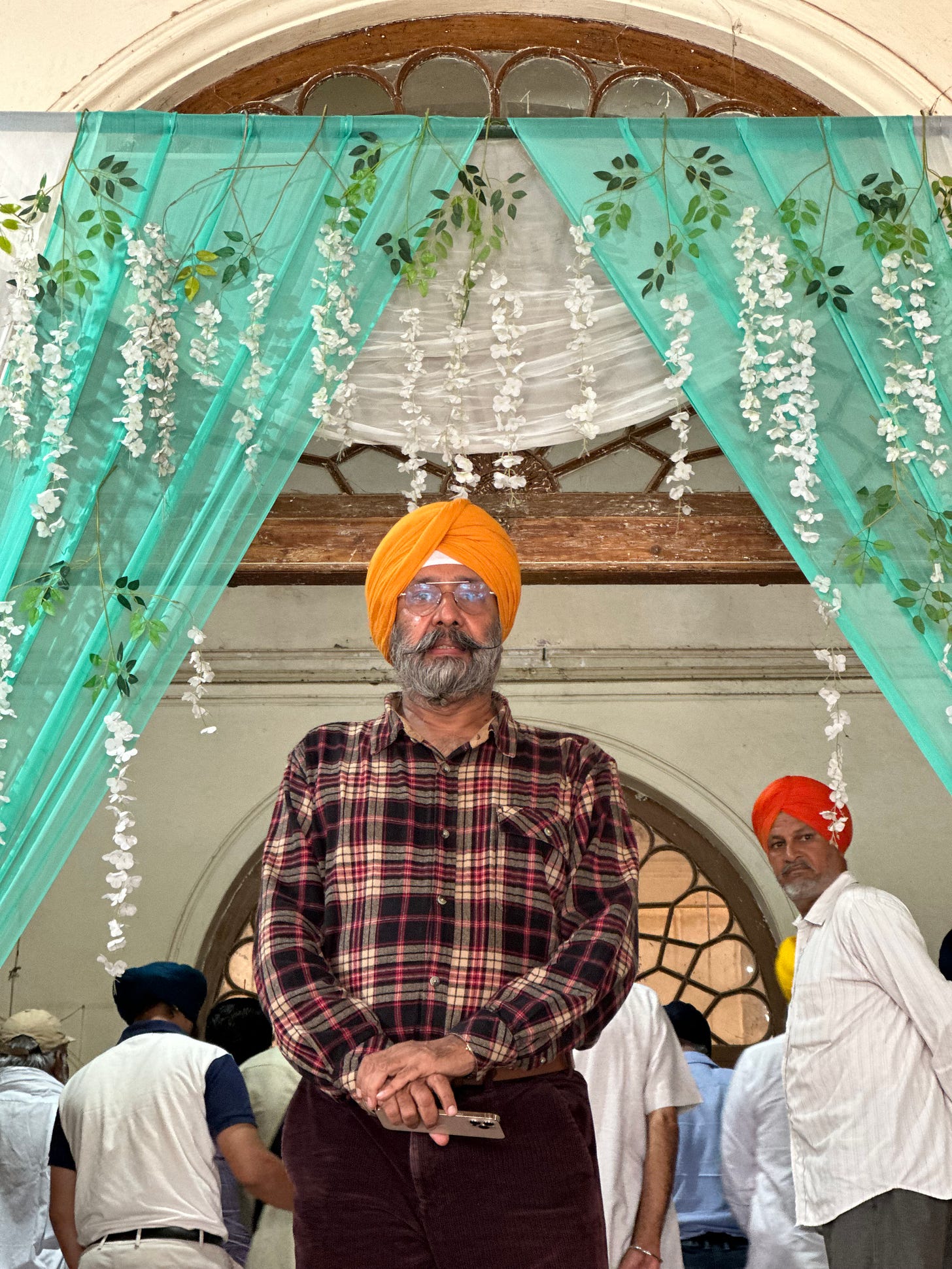

I vividly recall the deep anguish I experienced after we settled down in village Duladi, on the outskirts of Nabha, after1947. As a young boy, I visited Hira Bag and Hira Mahal. Maharaja Ripudaman Singh suffered for his support to the Sikh cause. I appreciate your contribution. By the way, Who is a Nazim? Is it equivalent to a Judicial Magistrate?
Loyalty, sincerity and commitment towards community and nation were totaly ignored by the govts after 1947 ₹so was the attitude of SGPC. This is a sorry state of affairs.
My congratulations to you on writing and attending such an important even sir ❤️❤️